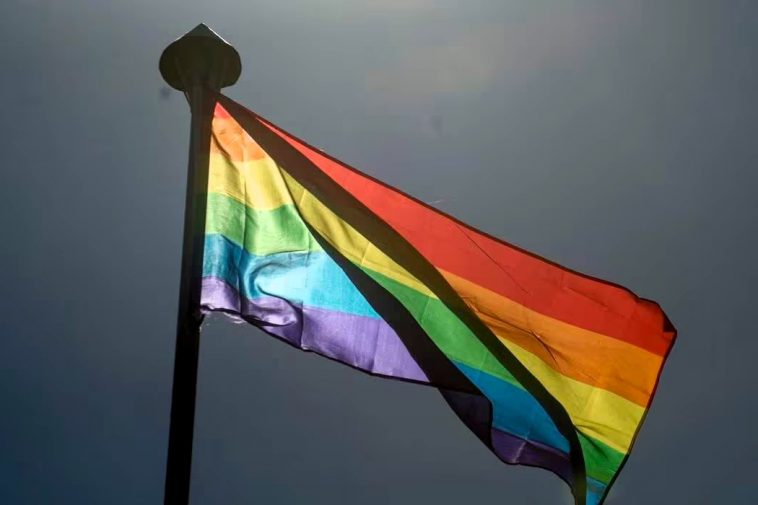In a decision that has sparked heated debate on social media and in the local community, Hastings Museum has been criticized by some of its visitors and acclaimed by others after the inclusion of a peculiar description in its visitor guide. According to reports, the museum described pheasants – birds commonly found on the museum grounds – as “queer” (an English term for “strange” or “unconventional”, but also used to refer to the LGBTQ+ community).
The controversy arose when visitors noticed the unique description in the guide offered by the Hastings Museum, an institution known for its rich collection covering natural history, art and local culture. The description of pheasants as “queer” was interpreted in different ways, generating a broader discussion about language, inclusion and education in cultural spaces.
Defenders of the inclusion of the description argue that it represents an attempt by the museum to address themes of diversity and inclusion in a subtle way, promoting reflection on the different forms of existence in nature and society. They highlight the importance of cultural spaces like Hastings Museum in leading conversations about diversity and inclusion, challenging visitors to think more broadly about the world around them.
On the other hand, critics of the decision question the choice of words, arguing that the description could confuse visitors or be interpreted as a misuse of the term “queer”, especially considering its meaning and importance within the LGBTQ+ community. Some suggest that the museum should focus on providing clear and accurate educational information, avoiding the use of language that could be interpreted as controversial or ambiguous.
In response to the criticism and support, Hastings Museum issued a statement reaffirming its commitment to promoting diversity and inclusion in all its exhibitions and materials. The institution clarified that the description was intended to provoke reflection and discussion among its visitors, emphasizing the importance of addressing diversity topics in a respectful and educational manner.
The controversy surrounding the Hastings Museum visitor guide highlights the complexity of addressing issues of diversity and inclusion in cultural and educational spaces. As the debate continues, it is clear that the issue has raised important discussions about language, representation and education in our society.



